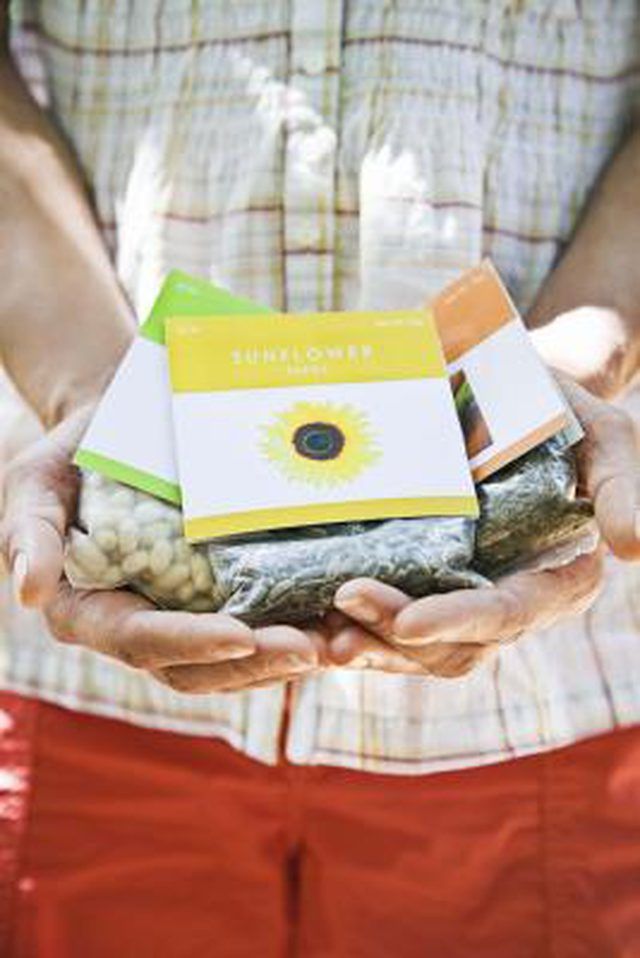Bulbs
Flower Basics
Flower Beds & Specialty Gardens
Flower Garden
Garden Furniture
Garden Gnomes
Garden Seeds
Garden Sheds
Garden Statues
Garden Tools & Supplies
Gardening Basics
Green & Organic
Groundcovers & Vines
Growing Annuals
Growing Basil
Growing Beans
Growing Berries
Growing Blueberries
Growing Cactus
Growing Corn
Growing Cotton
Growing Edibles
Growing Flowers
Growing Garlic
Growing Grapes
Growing Grass
Growing Herbs
Growing Jasmine
Growing Mint
Growing Mushrooms
Orchids
Growing Peanuts
Growing Perennials
Growing Plants
Growing Rosemary
Growing Roses
Growing Strawberries
Growing Sunflowers
Growing Thyme
Growing Tomatoes
Growing Tulips
Growing Vegetables
Herb Basics
Herb Garden
Indoor Growing
Landscaping Basics
Landscaping Patios
Landscaping Plants
Landscaping Shrubs
Landscaping Trees
Landscaping Walks & Pathways
Lawn Basics
Lawn Maintenance
Lawn Mowers
Lawn Ornaments
Lawn Planting
Lawn Tools
Outdoor Growing
Overall Landscape Planning
Pests, Weeds & Problems
Plant Basics
Rock Garden
Rose Garden
Shrubs
Soil
Specialty Gardens
Trees
Vegetable Garden
Yard Maintenance
How to Make Seed Tapes for Planting Vegetables
How to Make Seed Tapes for Planting Vegetables. Making a seed tape for vegetables allows you to determine proper spacing ahead of time and eliminates the fuss of sowing fine seeds in the garden. When planting time arrives, the seed tape is simply placed in the desired location, covered with appropriate amount of soil and watered. As seeds germinate...

Making a seed tape for vegetables allows you to determine proper spacing ahead of time and eliminates the fuss of sowing fine seeds in the garden. When planting time arrives, the seed tape is simply placed in the desired location, covered with appropriate amount of soil and watered. As seeds germinate and grow, the seed tape degrades naturally becoming part of the soil. Although this method does not work well for large seeds, such as beans or peas, it provides a workable solution for sowing tiny seeds such as carrots, lettuce and other salad greens.
Things You'll Need
White glue, water soluble
Newspapers
Paper towels
Toilet paper
Ruler
Pencil
Select the material for your seed tape. Old newspapers, paper towels or toilet paper can be used for making seed tapes. Toilet paper offers the added benefit of perforated squares to assist in laying out seeds for planting a large area, while industrial brown paper hand towels can be used to make strips in the desired length without worries about gluing or piecing strips together.
Cut the material into 2- to 4-inch-wide strips to match the desired length of your rows. Depending on the material used, you may need to tape or glue strips together for the desired length. You can also make the strips in short sections and lay them end to end in the garden.
Determine the desired spacing for the seeds. The amount of space between seeds depends on the plants you are growing. Refer to the seed packet for the recommended seed spacing.
Mark the position of the seeds on the seed strip with a pencil or marker. Place a dot of white glue on the marked position. The object is to apply just enough glue to hold the seed in place.
Press one seed into each dot of glue. Allow the glue to dry completely. Drying time depends on the amount of glue used on the seed tape and ranges from one hour to overnight.
Roll up the dried seed tape and store it in a cool dry place until planting time.
Tips & Warnings
Use strips of toilet paper for areas where you wish to grow plants evenly spaced in all directions, such as flowers beds or raised beds. Placing a seed in the center of each square, and laying several strips side-by-side results in seeds spaced 4 inches apart in all directions.
Make your own glue by mixing flour and water to the consistency of yogurt.
Do not use superglue or any glue that is not water-soluble, as it will not dissolve in moisture to allow the seed to germinate and grow.